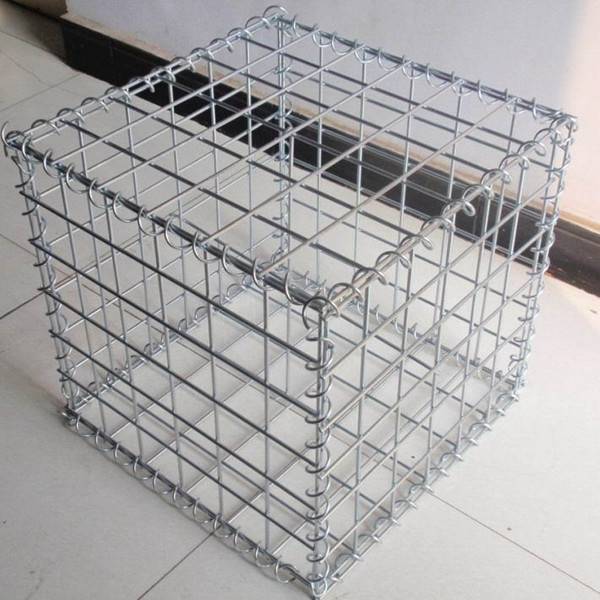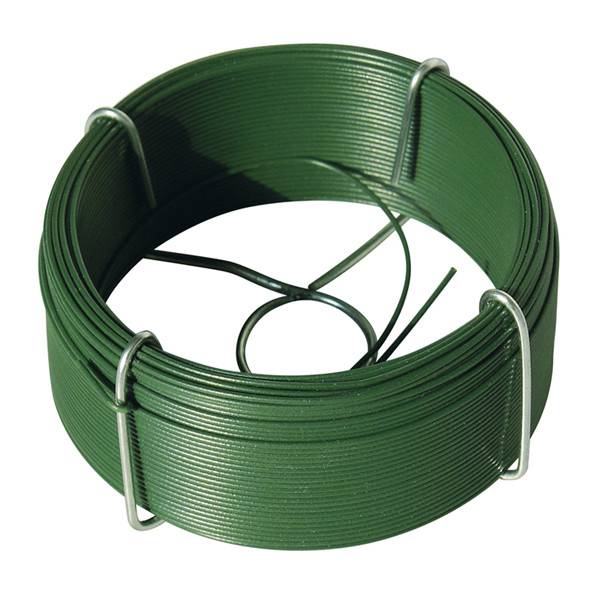
Aug . 28, 2024 12:16 Back to list
Gabion baskets
Gabion baskets
Gabion baskets are typically rectangular wire mesh baskets filled with small rock of approximately 100-250mm in diameter. The gabion baskets are often placed on top of one another in the form of a vertical or terraced retaining wall against a riverbank to prevent further erosion of the bank.
Gabion baskets can also be used to stop erosion of the riverbed and are typically referred to as a gabion mattress for this application. Caution should be applied when using gabion baskets on riverbeds, as if they are not backfilled with sediments they have the potential to trap and injure fish if they get caught between the gaps in the rock and the wire mesh.
Rock armouring is often a preferred intervention to gabions. This is because the armoured rock can adjust to minor movements of the channel. The more immobile gabion can end up with erosion around the basket that causes it to become unstable as shown the diagram. Gabion baskets should be used in combination with vegetation management interventions. The long-term goal is for vegetation establishment to eventually make the engineered structure redundant.
Potential benefits from this intervention:
- Gabion baskets can use smaller rocks which can be easily transported to the site and on the site.
- Gabion baskets typically use less material compared to rock armouring.
- Gabion baskets are porous so that flows are less likely to move them compared to a solid object.
- Gabion baskets can be placed on a steeper finished bank angle compared to rock armouring.
Welded Mesh Gabion
Potential negative implications from this intervention:
- In river environments, gabion baskets can be damaged because of the wire breaking or fail because the whole basket is moved from its original position. The damage and failure can be the result of:
- abrasion by bed and suspended sediment against the wire mesh
- stretching of the wire mesh
- erosion at the interface of the gabion baskets and the in-situ bed and bank material.
- Failure or damage of the gabion baskets is most common across the lower bank profile. This means that to maintain the intervention the whole structure may need to be taken apart to replace and reseat the lower baskets.
Intervention considerations:
- Seek appropriate specialist advice and check legal obligations (e.g. permits).
- Consider the benefits of gabion baskets at the site compared to more successful structural intervention options such as rock armouring and timber revetment.
- The primary purpose of the gabion basket should be to protect the bank toe.
- Rock armouring may be required to prevent erosion at the interface of the gabion baskets and the in-situ bed and bank material.
- The gabion baskets must be placed so that they address both scour and mass failure if these processes are both operating at the site. Often they are used to reduce scour at the toe, but care is needed to make sure the entire bank does not fail around the baskets, as shown in the diagram.
- The disturbance and cost associated with gabion baskets may not justify physical intervention.
- Determine if other infrastructure is threatened and whether it could more efficiently be moved rather than protected.
- Safety of volunteers and employees including seasonal exposures (e.g. heat) and high risk areas (e.g. crocodile presence in waterways or areas with soil contaminant risks).
-
build-a-discreet-chicken-run-with-sturdy-green-coated-chicken-wire
NewsAug.23,2025
-
a-guide-to-selecting-the-most-durable-field-gates-for-your-property
NewsAug.23,2025
-
green-mesh-fencing-rolls-offer-versatile-solutions-for-diverse-needs
NewsAug.23,2025
-
chain-fence-for-durable-and-versatile-enclosure-solutions
NewsAug.23,2025
-
garden-edging-fence-for-functional-and-decorative-landscaping
NewsAug.23,2025
-
3d-wire-mesh-fence-for-versatile-security-and-decoration
NewsAug.23,2025
Products categories












